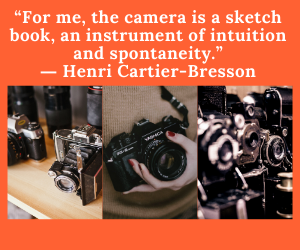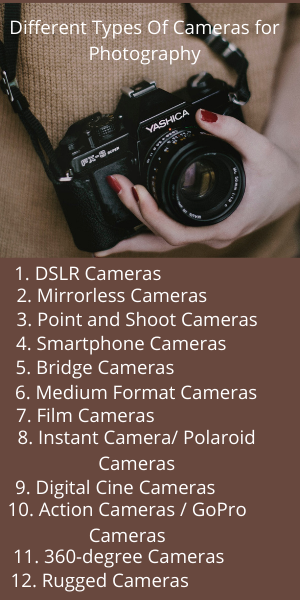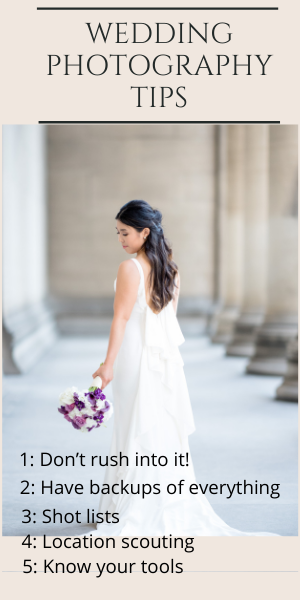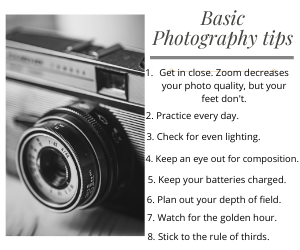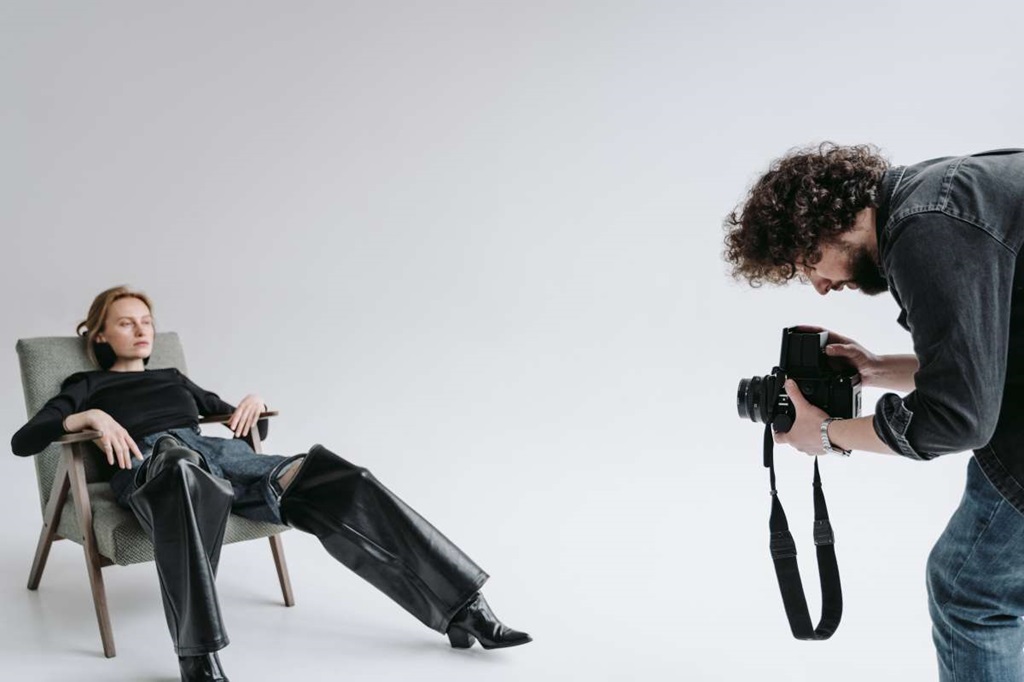
What Are the Commercial Advantages of Photography in Advertising and Fashion?
Photography is an integral part of commercial advertising and fashion. Brands rely on impactful visuals to promote their products, while fashion designers use photography to showcase their clothing and accessories in the best possible light. There are several key advantages that make photography such an effective commercial tool for advertising and fashion. Let’s explore what are the commercial advantages of photography in advertising and fashion.
Capturing Attention
One of the main goals of advertising is to capture people’s attention. Photographs are eye-catching and can convey a brand’s messaging quickly and powerfully. Even in a world saturated with digital images, high-quality photos still have the ability to stand out and grab the viewer’s focus.
In fashion, photography brings clothing and models to life. Photographs allow fashion designers to display their items in an aspirational setting with appealing models. The striking visuals give consumers a vivid impression of the fashion brand.
Driving Desire
Photography elicits desire and fuels consumers’ appetite for products and brands. Advertisers carefully craft images to make their products look appealing and stoke interest in potential customers.
In fashion, gorgeous photographs glamorize clothing and models, stirring covetous feelings in viewers. Though staged, the photos present an idealized lifestyle and way of dressing that consumers find highly desirable.
Conveying Emotions
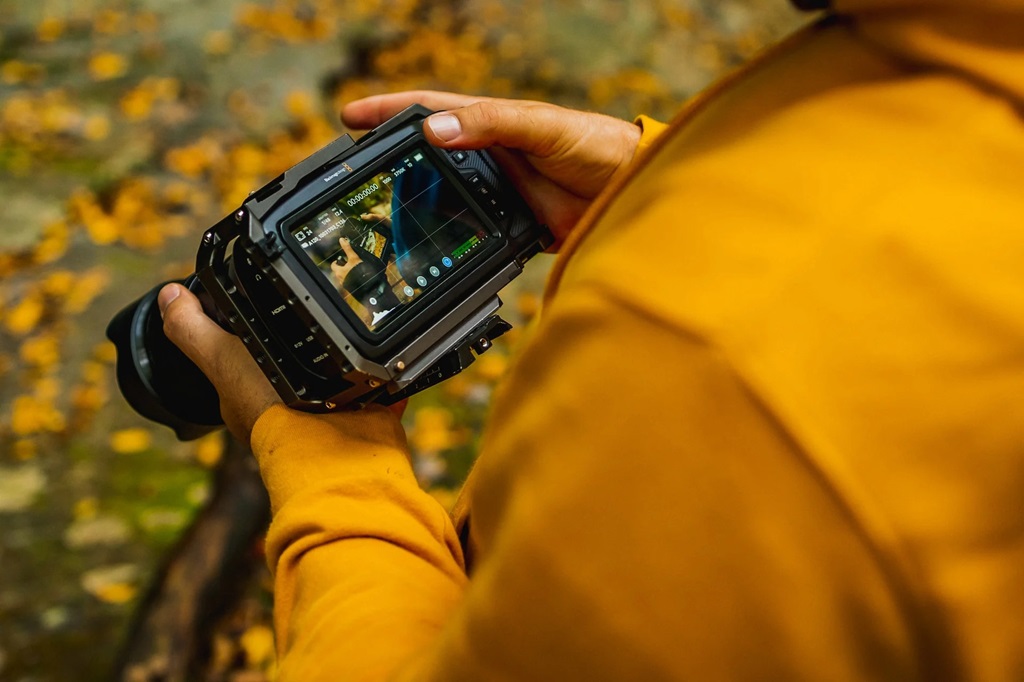
Photography can convey strong emotions that attach to a brand. Warm, happy images make products feel comforting and familiar. Edgy, bold photos imbue brands with excitement. Food photography may trigger feelings of hunger and satisfaction.
Fashion photography sets a mood through lighting, models’ expressions, and settings. A sense of elegance, playfulness, adventurousness, or sensuality becomes associated with a clothing brand through its photographic style.
Storytelling
Photography allows brands to tell compelling stories about their products and services. A single image or series of photos can take the viewer on a journey, building an aura around a brand.
Fashion photography suggests backstories and aspirations through contextual images of clothing. Photo shoots in exotic places or lavish settings invite the viewer into an imagined lifestyle linked with wearing the designer’s garments.
Adaptable Visual Content
Photography’s versatility makes it perfect for the range of uses required in advertising and fashion. Images can be created to work across different mediums, formats, and placements.
For advertising, photo content can stretch from billboards to website banners to social posts and more. Fashion photography adapts easily to magazines, catalogs, store displays, and other commercial environments.
Amplifying Reach
Photography expands brands’ reach, giving marketing campaigns and fashion collections a larger audience. Images grab attention on crowded streets, pages, and screens in a way that text alone often cannot.
Shareable social media photos allow brands to connect with consumers and enable users to participate in spreading brand awareness organically. Photos posted by influencers and customers provide authentic peer validation.
Capturing Products and Details
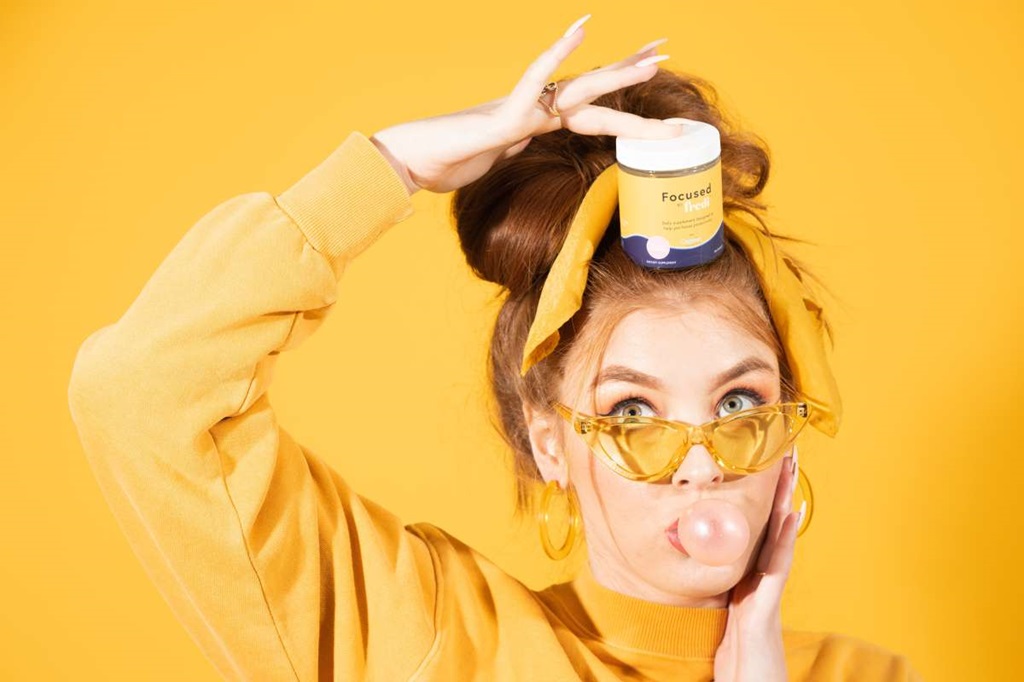
Photography provides a detailed, realistic depiction of products that is not possible with illustrations or other media. Clear product shots allow customers to see exactly what they will receive.
In fashion photography, details like textures, drapes, and embellishments are shown precisely. Photography captures intricate details that help convey a garment’s quality and appeal.
Maximizing Style and Aesthetics
Photography showcases products and fashion in the most aesthetically pleasing light. Artistry, camera angles, lighting and other photographic techniques lend style and visual impact.
Creative photographers elevate a brand by bringing out enticing dimensions in products and fashion. Striking images imbue brands with a sense of sophistication and prestige.
Demonstrating Uses and Lifestyle
Lifestyle photography places products within realistic contexts and demonstrates how they can be used. Rather than just seeing an item itself, consumers get a sense of how it fits into their lives.
Fashion photography simulates lifestyle scenarios where clothing could be worn, whether at a formal event, a day at work, or a weekend outing. This helps consumers envision their own use cases.
Consistent Branding
Photography helps unify branding across campaigns, media, and collections through consistent lighting, angles, image types, models, and styles.
Visual consistency strengthens brand recognition and retention. Consumers come to expect and appreciate a brand’s photographic point of view.
Flexible Updates
Photography allows brands to update campaigns and collections as needed to stay current. New photos can be taken to refresh branding or pivot in a new direction.
Fashion brands in particular require frequent new photography to align with seasonal collections. Photography’s speed and ease of production facilitate these ongoing updates.
Accelerating Production
Digital photography streamlines and accelerates the production process compared to mediums like painting or drawing. Images can be shot, edited, and published rapidly to meet pressing deadlines.
For perishable seasonal fashion collections, photography’s speed is indispensable. Photo shoots can take place and ad campaigns can launch on tight schedules.
Measurable Results
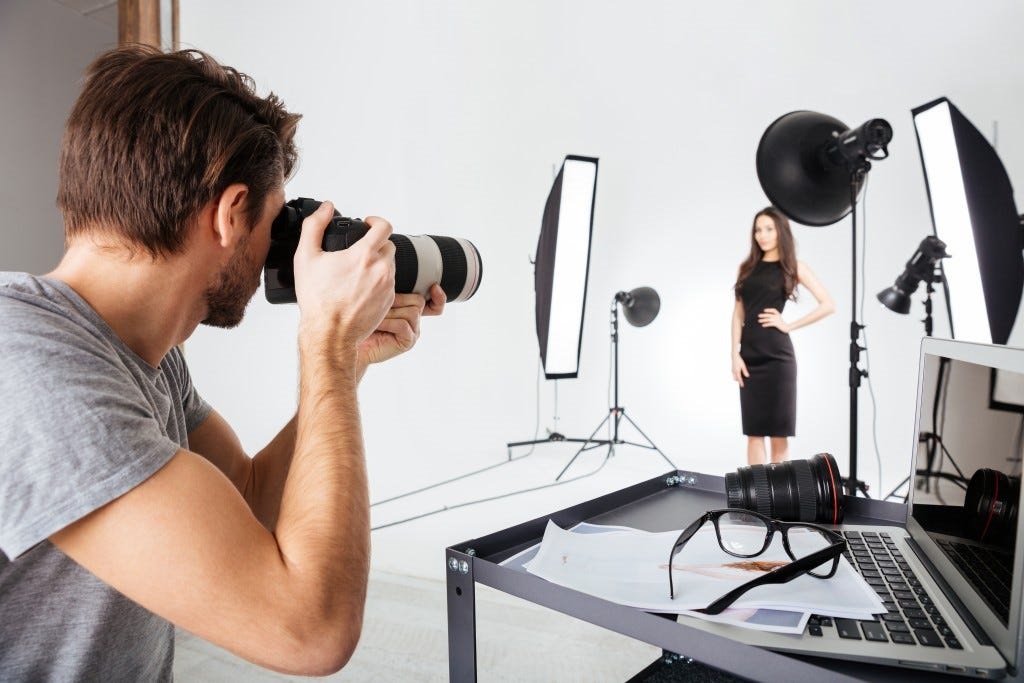
Digital photography lends itself to data tracking. Brands can see which images and characteristics perform best by analyzing metrics like social engagement, click rates, and conversions.
Fashion brands can identify their most popular products and styles based on which catalog or website images attract the most customer attention. This focuses on marketing efforts.
In summary, photography is invaluable to brands in advertising and fashion for capturing attention, driving desire, conveying emotion, storytelling, adapting visuals, amplifying reach, showcasing products, maximizing aesthetics, demonstrating uses, enabling consistent branding, facilitating updates, speeding production, and measuring results. When harnessed effectively, photography’s commercial advantages help drive brand awareness, engagement, and sales.
Conclusion
Photography is a multifaceted medium that serves a vital commercial purpose in advertising and fashion. Impactful images help brands grab customer attention, stimulate desire, connect emotionally, tell compelling stories, adapt across uses, reach broad audiences, showcase products accurately, project style and aesthetics, demonstrate lifestyle contexts, unify branding, accelerate production, and provide data insights.
Photography will continue to be integral for brand building as advancements make it an even more dynamic and measurable medium. Brands that fully leverage photography’s advantages can drive stronger customer engagement with their advertising and fashion collections.
Frequently Asked Questions
How can brands maximize the impact of photography in advertising?
Brands can maximize photographic impact in ads by using high-quality images, aligning photos with branding, evoking emotions that resonate with target audiences, conveying a compelling lifestyle, optimizing photos for key placements, and tracking performance data.
What makes an effective fashion photograph?
Effective fashion photos bring garments to life on models, flatter the clothes using angles and lighting, convey a brand’s style, showcase details and textures, connect with lifestyle aspirations, have an artistic aesthetic, and ultimately make the clothing look irresistible.
How has digital photography changed fashion marketing?
Digital photography has allowed much faster photo production to keep up with fleeting fashion trends. It also enables easier image sharing on social media and websites to reach broader audiences. Digital analytics provide insight into customer behavior.
How can brands maintain a consistent photographic style?
Consistency comes from establishing an integrated brand vision and photographic guidelines, using a regular team of photographers/creatives, maintaining similar lighting, angles, image types, locations, models, and post-production, and continually reviewing photos to ensure alignment.
Why is photography better for advertising and fashion than illustrations?
Photography provides more realistic, detailed, and lifelike product images. Photos also convey more sophisticated branding and lifestyle associations. The photographic process is faster and results are more measurable. However, illustrations have some advantages for more fantastical or abstract messaging.
